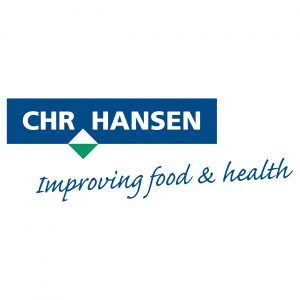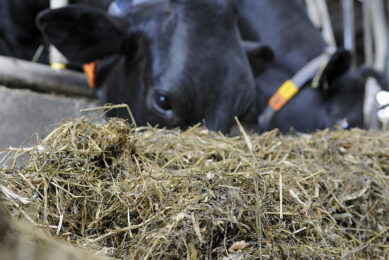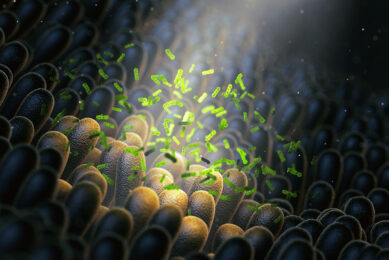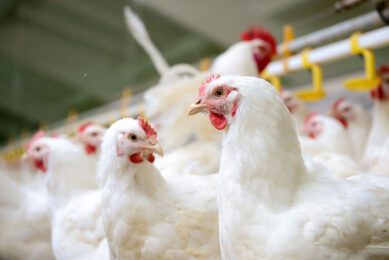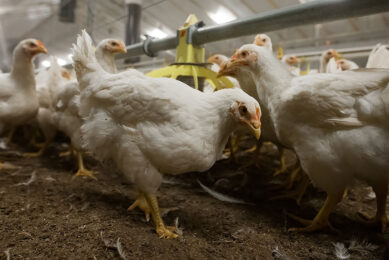Can bacteria enhance piglet growth?
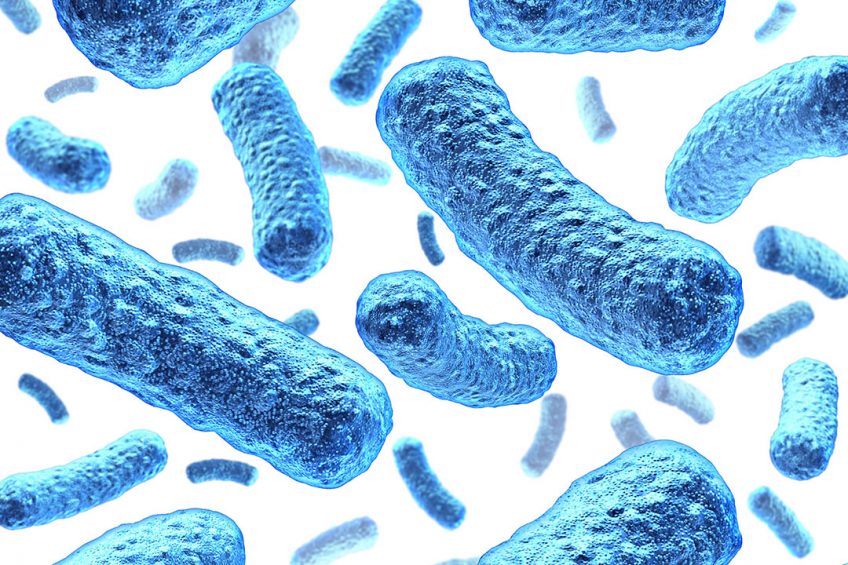
It isn’t too long ago that antibiotic growth promoters were almost part of pig feed formulation. Nowadays, the market opportunities are good for other substances to help piglets grow faster. In that context, it’s interesting to see what a combination of several Bacilli can do.
Profitability within pig farming is affected by many factors. Of course, with over 70% of the cost of producing a finished pig being the feed put into it, the effective conversion of this feed into growth is of critical importance. Research into optimising pig performance through genetics, housing and feeding is constantly being undertaken. Another essential focus area for producers is the control of disease. Traditionally there has been much reliance on antibiotics for this, although this has dramatically changed in recent years.
Antibiotics were discovered in the late 1920s, and the advantage of using antibiotics to promote growth and feed efficiency in farm animals has been known since the mid-20th century. These agents have been used globally for decades since then for growth promotion, and the use intensified as farming became industrialised. Antibiotic growth promoters (AGPs) were thus, in some decades, almost seen as an ingredient in pig feed formulation.
Today, times have changed and the focus is on the increase in antibiotic resistance and the threat it poses to humans as well as animals. The shift away from AGPs has opened the market space for other, and often natural, feed additives. The number of such products is increasing rapidly and the industry, with the focus on lowering the use of prophylactic antibiotics and AGPs, is continuing to look for alternative solutions. Concurrently, there has been a shift in the way that bacteria are viewed. For a long time, bacteria were regarded as being bad and harmful. This view has changed and the industry has now started to differentiate between good bacteria that the host can benefit from and bad bacteria – pathogens – that need to be controlled.
Well-documented beneficial effects
Some of these good bacteria are spore-forming Bacilli. Probiotic products containing these Bacilli have been on the market for many years and their beneficial effects are well recognised and documented. These probiotics are naturally designed to go into all types of feed, as their spore-forming quality makes them capable of surviving high temperatures that occur during the pelleting of feed. They have a long shelf life compared to lactic acid bacteria, even in hot climates, and the Bacilli can survive being mixed in premixes.
A feature of this kind of bacteria is their excretion of enzymes as part of their life cycle. The enzymes they excrete vary de-pending on what is in the surrounding environment. Breaking down a diet involves a collaboration of many different enzymes that need to work in a coordinated way to break down the fibres, protein and polysaccharides. Some Bacilli excrete enzymes in a sufficient amount into the lumen so that the host animal benefits as digestibility of the feed is improved. This means that the pool of nutrients becomes larger with a consequent effect of improved performance of the pig. However, not all spore-forming bacterial strains excrete the same enzymes at the same level, and strains can differ in other features, too. Strains matter. This increased availability of nutrients, coupled with most probiotic strains, also confers health benefit features that will be seen as improved growth in the pig, whether it’s a piglet or a grower-finisher pig.
Figure 1a-b – Meta-analysis of trials involving 10.000 piglets showing the effect of a dual strain probiotic product.
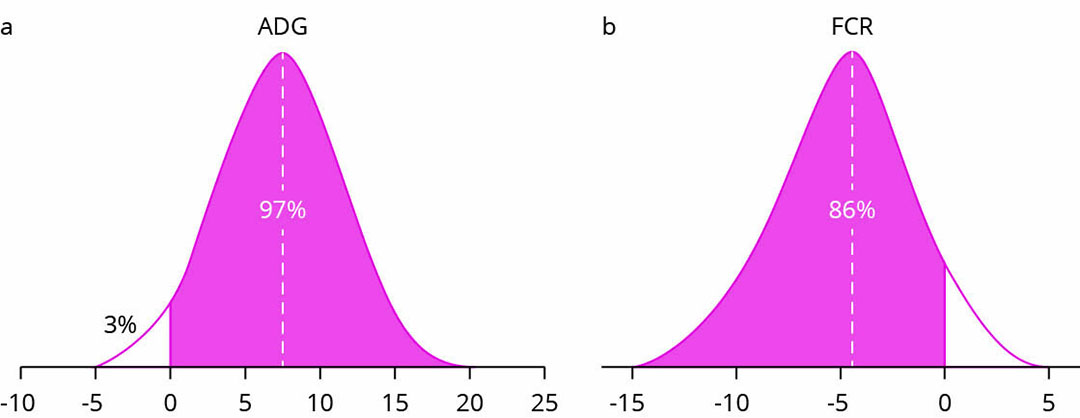
Combination of two strains
BioPlus brand covers in-feed probiotics consisting of 2 bacterial strains, Bacillus subtilis and Bacillus licheniformis. In a meta-analysis involving 10,000 weaned piglets across 36 nursery trials, it was found that both average daily gain (ADG) and feed conversion ratio (FCR) were improved significantly (Figures 1a and 1b).
Whereas antibiotics are often perceived as working every time, or efficacy is rarely challenged, a lot of natural feed additives have struggled with a reputation that there is not always consistency in effect, or that effect can be farm-specific. The meta-analysis in Figures 1a and 1b shows that this is not the case with this probiotic product, as the improvement in ADG occurred in 97% of the trials and FCR was improved in 86% of the trials. The meta-analysis further shows that improvements of both parameters were found in 83% of the trials.
Moving into the grower-finisher space, similar trends in improvements in FCR have been found (Table 1). Table 2 shows how the probiotic product for these larger animals performed on different genetics and feeding in order to assess consistency. The same trend of improving FCR was seen. Besides showing an effect on FCR, this product has also been shown to lower mortality in grower-finisher pigs (Table 3). That can be due to the effect probiotics have in competing with, and excluding, pathogenic harmful bacteria.
Best-practice husbandry
Antibiotics still play an essential role in treating clinical disease. However, with growing antibiotic resistance worldwide in humans and animals, their use should be prudent and targeted. The days of blanket treatment for prophylaxis or growth promotion are undoubtedly over. Therefore, producers seek alternatives in conjunction with best-practice husbandry. Probiotics offer a science-based, research-proven solution in keeping with a sustainable future.


